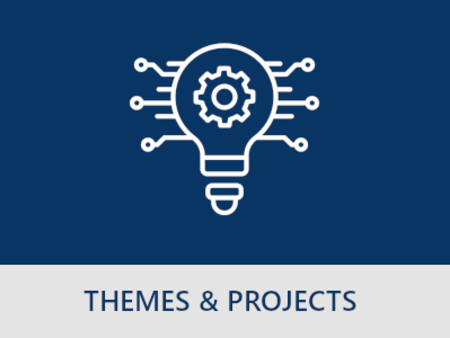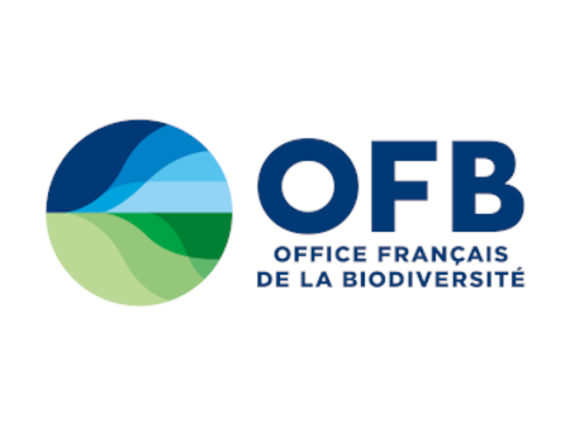INDIGENE: Genetic diversity and ecological status indicators for Zostera beds
How can we better describe the biodiversity of the seagrass habitat and better understand its responses to disturbances?
Bio-indicators of the environmental quality, seagrass beds are also recognized for their important role in coastal areas. These habitats provide shelter for several marine species and support significant primary production and a high diversity of associated fauna.
In addition to the tasks already planned by the Life MarHa project, the main objective of which is to better understand the dynamics of seagrass beds, its variability and its responses to natural and anthropogenic pressures, the INDIGENE project aims to:
1 - describe the biodiversity of polychaetes and molluscs living in eelgrass in 6 sites across France. We will use three main descriptors of biodiversity: (i) based on number of species, (ii) on the relatedness between species (phylogenetics) and (iii) on species biological traits. We will then relate these different aspects of biodiversity with the state of the eelgrass. We also hope to test the relationship between genetic diversity of the foundation species (the seagrass itself) and the diversity of species living within the eelgrass.
2 - characterize the chemical contamination of the study sites with regard to certain contaminants having a negative impact on seagrass beds (pesticides, trace metals, organic compounds).
3 - instrument study sites to collect high frequency data on environmental variables that can contribute to their spatio-temporal dynamics.






